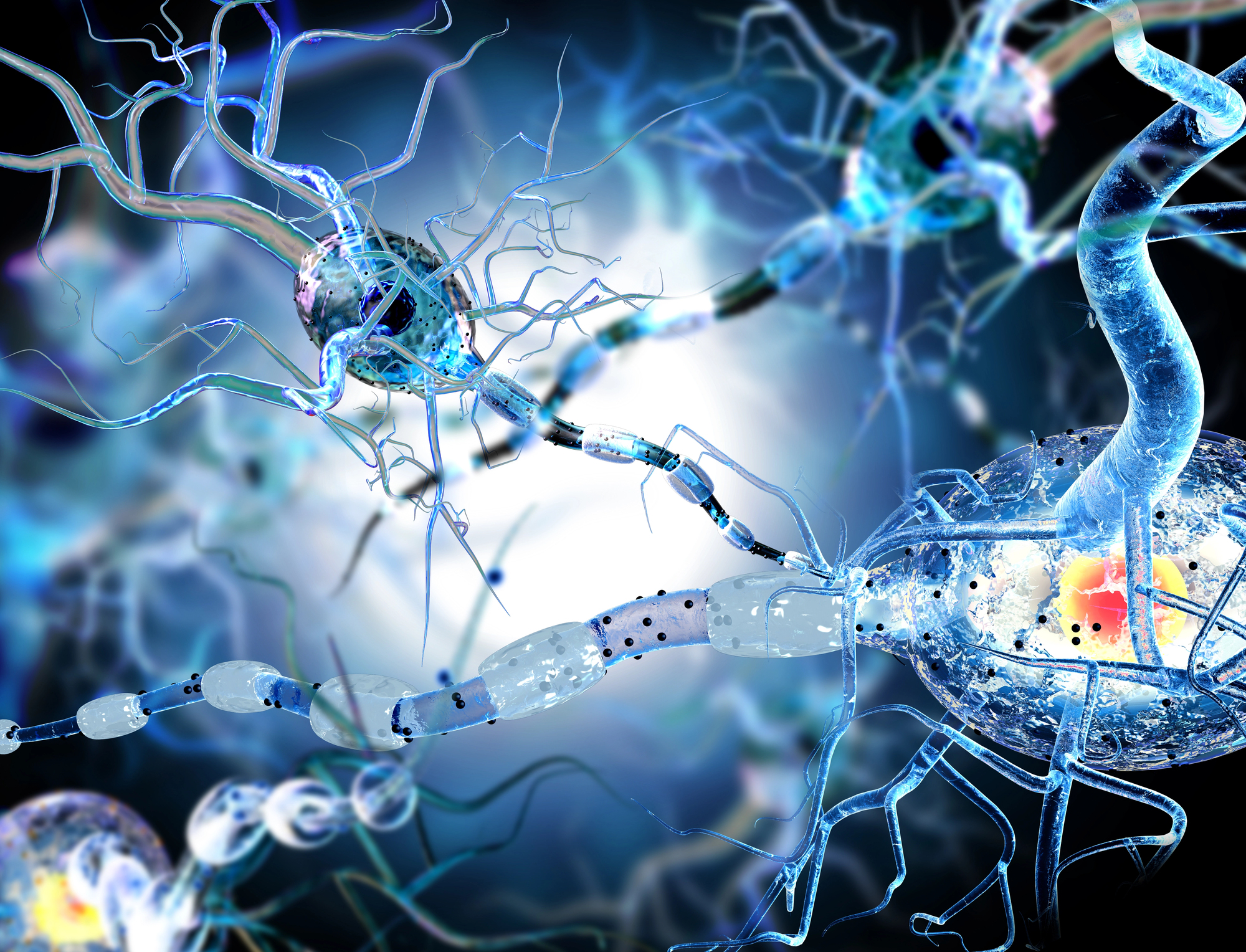
Biohacking is the practice of making intentional changes to your lifestyle, body, or environment to optimize health, performance, and longevity. While it can include simple actions like improving sleep, adjusting your diet, or exercising more efficiently, many biohackers also explore advanced strategies. These can involve supplements, wearable technology, data tracking, and regenerative medicine, including stem cell therapy.
Stem cell therapy is increasingly recognized in the biohacking community for its potential to support the body’s natural repair systems. It may help optimize recovery, maintain cellular function, and enhance overall wellness.
This article explains biohacking in practical terms, describes stem cell therapy, and explores how these approaches fit together with biotracking and other optimization strategies.
At its core, biohacking is about taking control of your biology through observation, experimentation, and informed adjustments. The goal is to improve energy, cognitive function, resilience, and long-term health. Many biohackers focus on optimizing lifestyle factors first. This includes prioritizing sleep, eating nutrient-rich foods, exercising regularly, and managing stress.
Technology also plays a critical role in biohacking. Wearable devices, apps, and other monitoring tools allow individuals to track heart rate, sleep quality, activity levels, blood oxygen, and other health metrics. This biotracking provides real-time feedback, helping users identify patterns, measure results, and adjust their routines for maximum benefit. By using data-driven insights, biohackers can fine-tune interventions that support both short-term performance and long-term wellness.
Stem cells are unique cells with the ability to transform into different cell types and repair damaged tissue. Unlike most cells, which have a fixed function, stem cells can help restore and regenerate tissue that has been injured or aged.
In therapy, stem cells are usually harvested from the patient’s own bone marrow or fat tissue. After processing, the cells are administered, often through intravenous infusion or targeted delivery, depending on the goal of treatment. Once inside the body, stem cells release growth factors and signaling molecules that may reduce inflammation, protect existing cells, and support the growth of new tissue.
For biohackers, this regenerative approach is appealing because it complements natural optimization strategies. Rather than masking symptoms with medication, stem cell therapy works with the body’s inherent ability to repair and maintain itself.
Biohackers view stem cell therapy as part of a broader strategy to maintain vitality, resilience, and function across the lifespan. Stem cells may help preserve cognitive function, enhance joint and muscle recovery, and support cardiovascular and neurological health. For example, stem cell therapy is being studied for neurological conditions such as multiple sclerosis, highlighting its potential to support cellular repair and overall brain health.
When combined with lifestyle optimization, supplements, and biotracking, stem cell therapy can become a key component of a holistic biohacking plan. Rather than masking symptoms with medication, this approach supports the body’s natural repair mechanisms and enhances overall wellness.
One of the most important aspects of biohacking is tracking data to guide decisions. Biotracking tools provide actionable insights into how your body responds to interventions. For example, heart rate variability (HRV) can indicate stress levels and recovery status, sleep trackers measure rest quality, and continuous glucose monitors reveal how diet affects blood sugar.
By combining these tools with stem cell therapy, biohackers can monitor improvements over time. For instance, after a regenerative procedure, tracking mobility, pain levels, or cognitive function can help determine whether lifestyle adjustments, supplements, or further therapy sessions are needed. This evidence-based approach reduces guesswork and allows for a more personalized, effective strategy.
Stem cell therapy is not a cure-all, but it has potential applications that align with biohacking goals. Some areas where biohackers may explore therapy include:
Even for individuals without specific health conditions, stem cell therapy may complement other biohacking practices by encouraging the body’s natural repair processes, creating a foundation for improved performance and long-term wellness.
Before starting stem cell therapy, a medical evaluation is necessary to assess suitability and establish baseline health metrics. Procedures are typically outpatient and minimally invasive. Most patients return home the same day, with mild soreness or fatigue possible at the harvest site.
Results appear gradually over weeks to months, as stem cells work to reduce inflammation, repair tissue, and enhance cellular function. Tracking changes in mobility, energy, sleep, or cognitive performance can help determine effectiveness and guide additional biohacking interventions.
Biohacking is about taking control of your health through a combination of lifestyle optimization, data-driven insights, and advanced medical interventions. Stem cell therapy fits into this approach as a regenerative tool that can enhance the body’s natural repair mechanisms.
By pairing stem cell therapy with biotracking, nutrition, exercise, sleep optimization, and mindfulness practices, biohackers can create a holistic approach to health. This strategy doesn’t just aim to improve performance in the short term; it supports resilience, recovery, and wellness over a lifetime.
At Cellebration Wellness, we specialize in stem cell therapies while encouraging patients to explore biohacking strategies that fit their personal goals. If you’re interested in combining regenerative medicine with evidence-based optimization practices, call us today at (858) 258-5090 for a free consultation and start building a personalized plan to enhance your health, vitality, and longevity.
